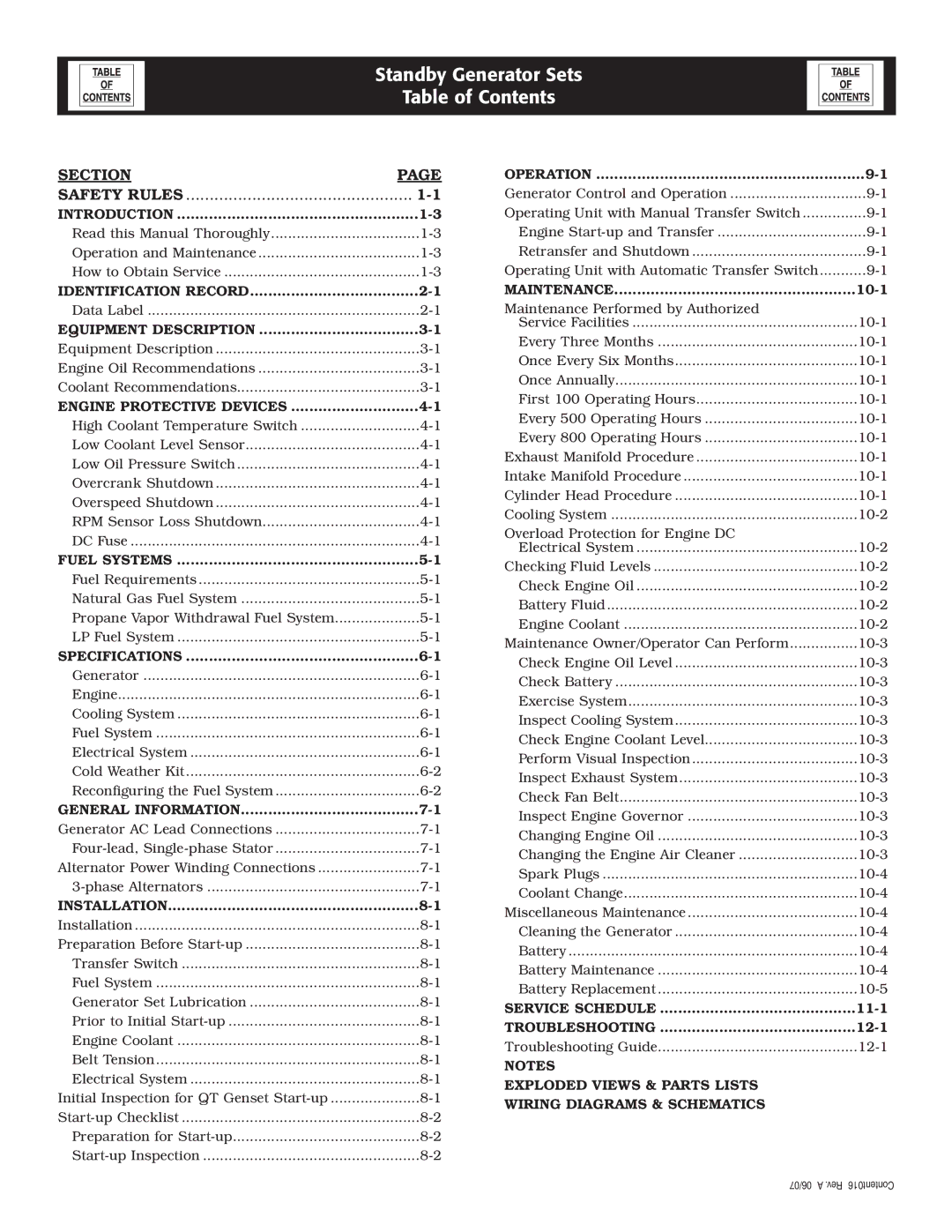2.4L specifications
Generac Power Systems has established itself as a leading provider of energy solutions, and its 2.4L engine is a testimony to their commitment to innovation and reliability. This engine is designed for portable and standby generators, delivering exceptional performance and efficiency.One of the standout features of the Generac 2.4L engine is its robust design, optimized for both heavy-duty use and demanding applications. The engineering focus ensures that the engine can withstand various environmental conditions while maintaining optimal operation. Additionally, its compact size makes it versatile for various generator models, making it a favored choice among manufacturers and users.
The 2.4L engine incorporates advanced technologies that enhance performance and fuel efficiency. One notable technology is the Electronic Fuel Injection (EFI) system. Unlike traditional carbureted engines, the EFI system provides precise fuel management, improving fuel efficiency and reducing emissions. This means users can expect longer run times on a single tank of fuel, a crucial advantage for those requiring power during outages or remote operation.
Furthermore, the Generac 2.4L engine is equipped with a state-of-the-art cooling system that maintains optimal operating temperatures even under heavy loads. This safeguard helps prevent overheating, thus extending the engine's longevity and reliability. The engine's low oil pressure shutdown feature adds another layer of protection by automatically shutting down the engine if oil pressure drops below a safe threshold.
Noise reduction is another priority for Generac, and the 2.4L engine reflects this commitment. With an integrated muffler and sound suppression features, the engine operates quietly without sacrificing power output. This is particularly beneficial for residential areas or environments where noise may be a concern.
In terms of maintenance, the Generac 2.4L engine requires minimal upkeep. Its design includes easily accessible components, allowing for straightforward maintenance routines. Regular oil changes and filter replacements ensure that the engine continues to perform at its best over time, providing users with peace of mind.
Overall, the Generac Power Systems 2.4L engine combines innovative features, advanced technologies, and reliable performance, making it an attractive choice for those in need of dependable power solutions. Whether for home backup or professional use, this engine exemplifies Generac's dedication to quality and user satisfaction.

